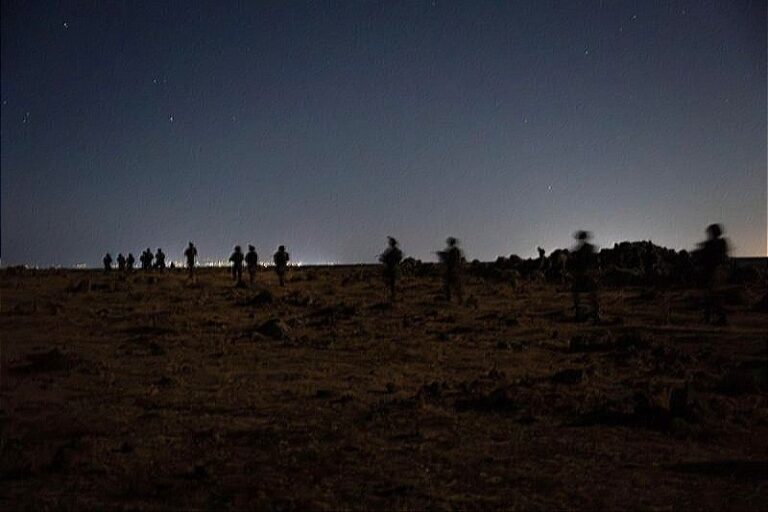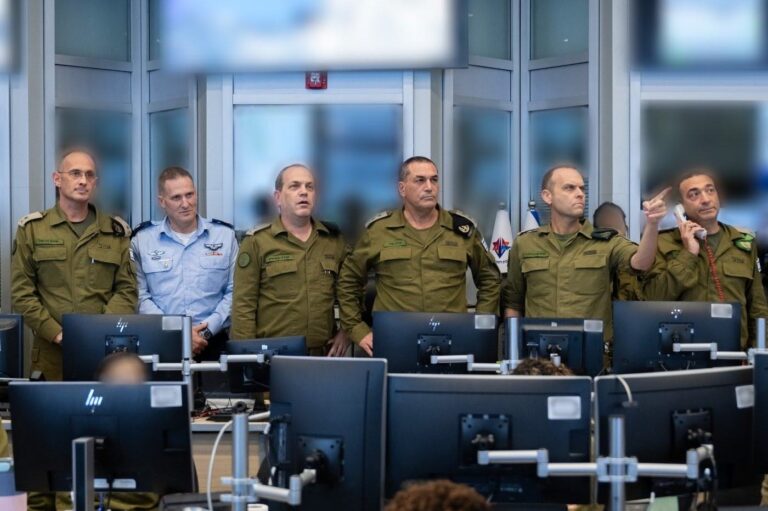Almost two months after Israel carried out a major attack on Yemen’s Hodeidah port in retaliation for the Houthis’ launch of a drone that struck Tel Aviv, it is still disabled, the Jerusalem Post reported on Monday, quoting expert Eran Efrat.
The Houthis promised to retaliate for Israel’s attack of its port but b’chasdei Hashem, their attempt on Sunday left no injuries. Prime Minister Binyamin Netanyahu has vowed to retaliate again for the Houthis’ newest attempt to harm Israelis.
Efrat is an entrepreneur who imports raw materials for the green energy industry and is familiar with shipping routes and cargo ships. He began monitoring the damage at the port out of his own curiosity and as his interest grew, he began publishing his conclusions for the public (in Hebrew).
“Ship tracking tools are as accurate as aircraft tracking, and they are free to use as well, except for some premium features,” Efrat explained. “Every ship is registered, and its route is well documented, along with sailing times, documents, and any information that doesn’t qualify as a commercial secret.”
“Already back then I claimed that following a bombardment of a fuel terminal, assuming that pipelines and fuel tanks were damaged as well, a long time would be needed to fix everything,” he said, explaining that establishing such infracture is a complex undertaking.
“A month after the retaliatory attack I saw that there were no listed tankers transporting fuel or liquefied gas in Al-Hodeidah, which I concluded from the list of ships scheduled to moor in the port. Additionally, the port has issued an official notice to ships calling them not to arrive. For me, this was a main indicator that they were not able to receive oil and liquid gas, both of which were part of the infrastructure of Al-Hodeidah. We also saw that cranes were damaged, and therefore the unloading was carried out more slowly using either the ships’ cranes or mobile cranes, which are much smaller.”
“The economic damage is immense,” Efrat continued. “I calculated according to the size of the tanks – they were able to store about 40-50 thousand tons. I found that they lose about 50 thousand tons of oil and liquid gas every 48 hours or so. This is based on how often the ships would dock and how large those containers were.”
“I also checked tankers to check if there is an improvement in the unloading of containers according to ships that dock and leave. You can see the size of the ship and guess how long it takes to unload. If you leave after 24 hours or more, you know that the capacity is not high, especially when you compare it to a year ago, and you see that ships would enter and leave several times a day.
“According to my calculation, this means that the port is running at 30% of its original capacity.”
A month later, Efrat noticed that no new calls for tankers to dock at the port were issued, until at least until September 21. “This means two or three months that the port will be shut.”
Efrat said that the Houthis are now using an alternative port, the primitive and formally closed Ras Isa port.
“Take a look at the tanker Lady Amira 1,” he said. “This is a well-known tanker, which nowadays can’t dock in Hodeidah. I saw that it stopped in Hodeidah for one day, probably for a regular inspection of the goods by the Houthis. From there it continued to Ras Isa, a former export port that has three tanks for the use of oil and liquid gas. The port has no pier. The ships have to anchor several tens of meters in the sea, and there is a pipe that goes into the ship and the cargo is pumped back to the shore. This is how the goods were unloaded in a port that is defined as closed, but it is a small port so if in the past there was a tanker a day – today a tanker is emptied one every twenty days or a month.”
“This is their auxiliary port that they’re using to unload oil and gas, albeit at a much slower pace. Following today’s attack, the Israeli government may be mulling the targeting of the auxiliary port in Ras Isa,” he concluded.
(YWN Israel Desk – Jerusalem)











